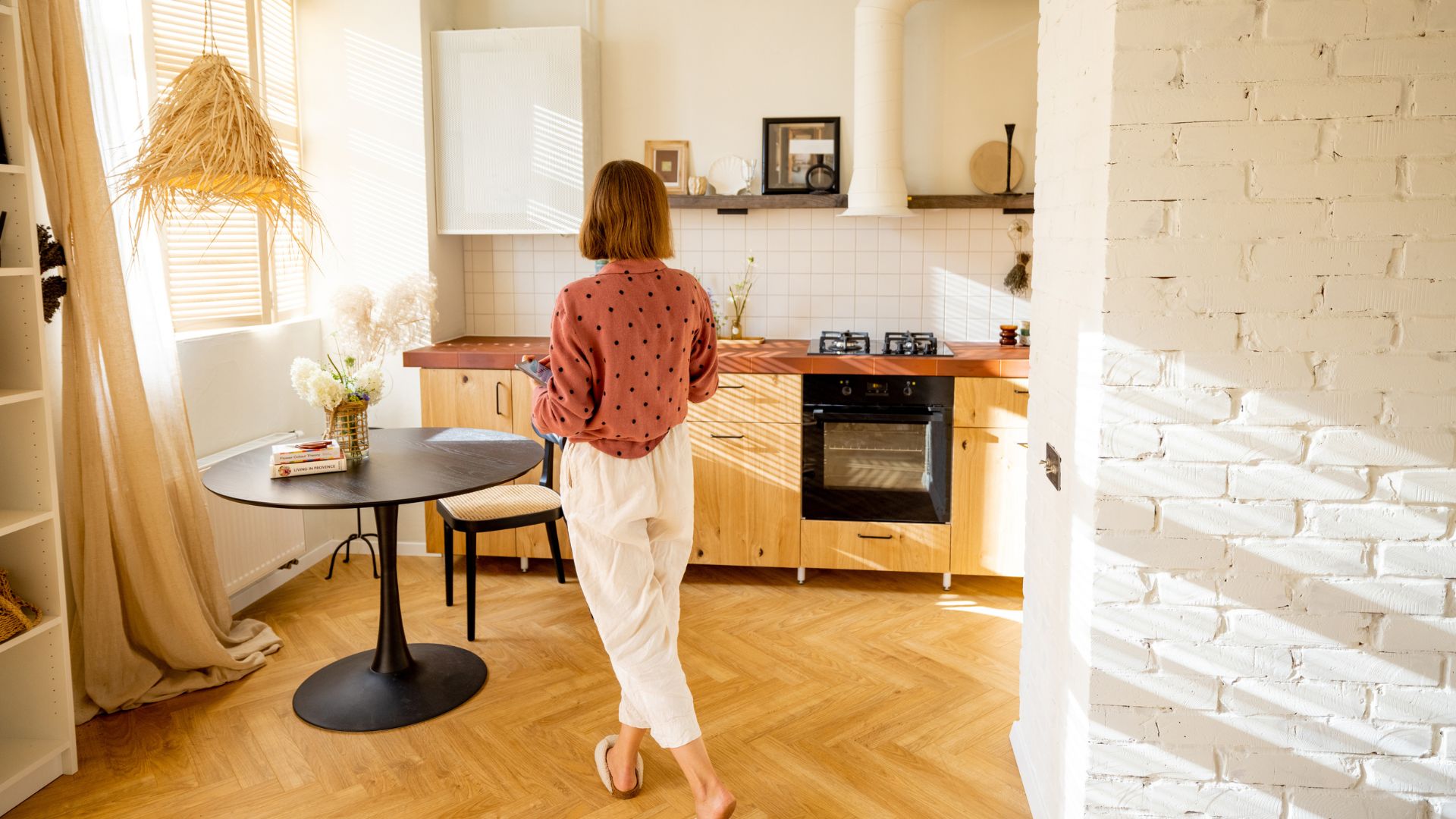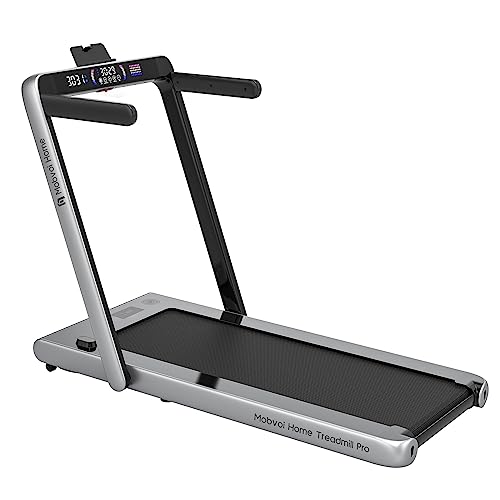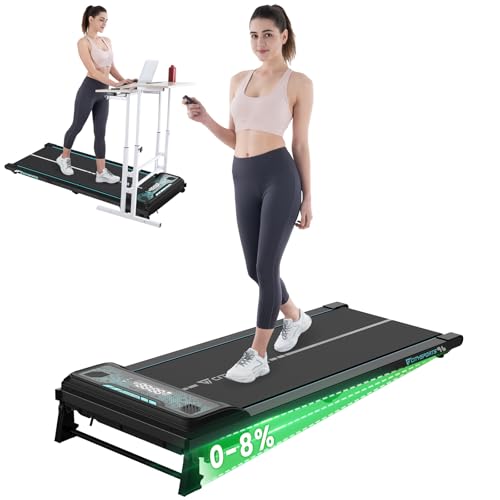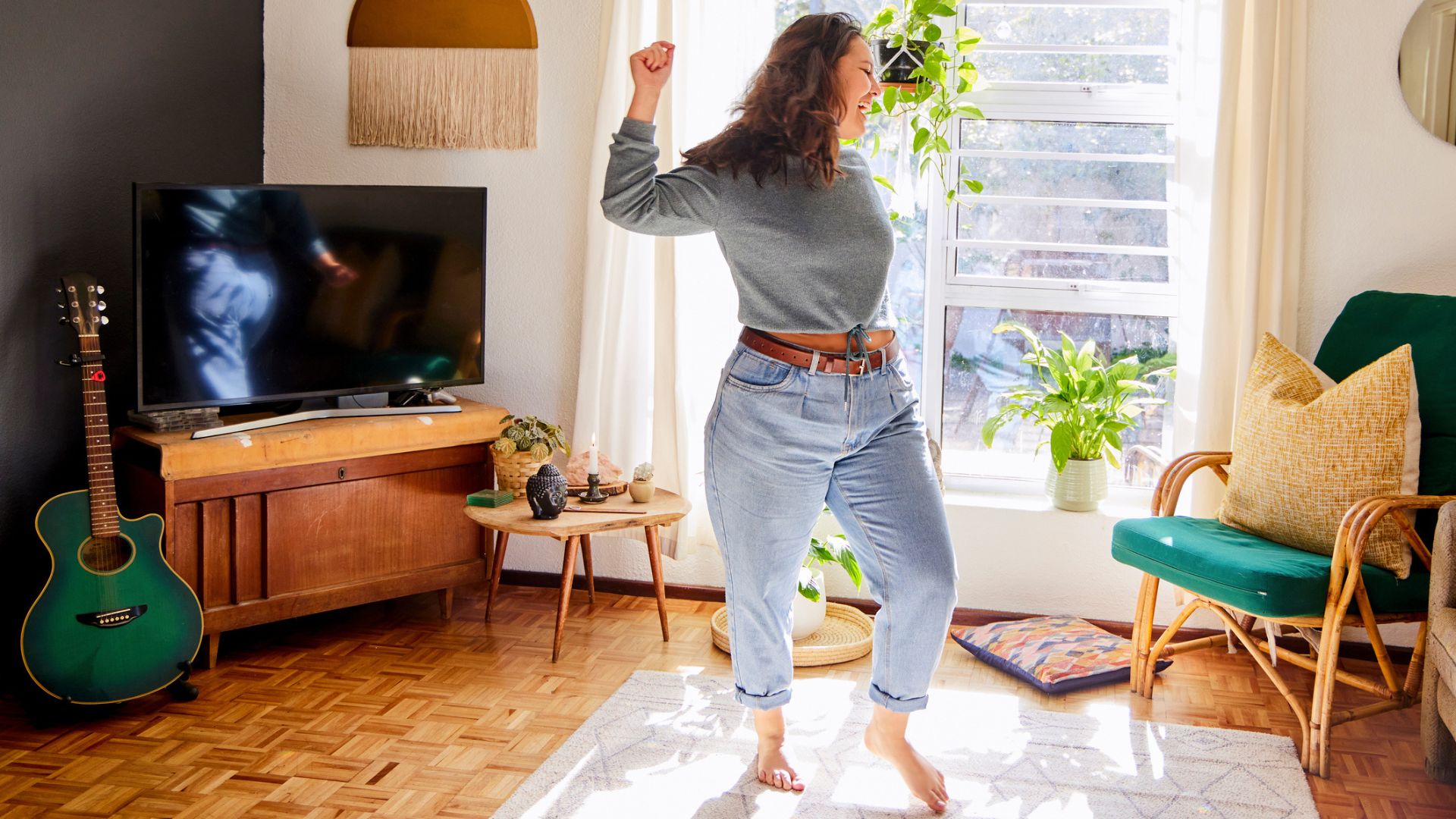How to get 10,000 steps in without leaving the house - with just 6 simple activities
Knowing how to get 10,000 steps in without leaving the house comes in useful for busy days or rainy ones, where you'd rather do anything but leave the house


Of course, a walk outdoors is best. With the fresh air, greenery, and potential for sunshine, there are so many benefits to heading outdoors and getting your steps in.
However, that doesn't mean a walk indoors is any less good for you. You might not have the fresh air and vitamin D, but pulling on your best walking shoes and heading out into the garden or marching up and down the steps will have the same effect on your cardiovascular health and fitness.
Unsure where to start? There are a few simple ways to reach your step goal at home. Here, woman&home speaks to a cardio specialist to reveal how to get 10,000 steps in without leaving the house - or compromising those all-important benefits.
How to get 10,000 steps in without leaving the house
1. Walking workouts
Indoor walking workouts are huge right now, and their popularity is set to continue. And why wouldn't it? "You can go from desk to workout in less than a minute and clock up plenty of steps in your living room," says Emma Simarro, a personal trainer and the founder of Building Body Confidence.
You'll need a treadmill or walking pad to make the most of this indoor exercise, but you can follow along with classes for free on YouTube. "With a variety of walking exercises and intensities, these can tick lots of boxes," says Simarro.
Many also include bodyweight exercises like squats and lunges, which add another dimension to your workout routine.
When you're not doing a specific workout, you could get your steps in while working or watching television, as woman&home's digital editor Kerrie Hughes does on the Mobvoi home treadmill.
Sign up to our free daily email for the latest royal and entertainment news, interesting opinion, expert advice on styling and beauty trends, and no-nonsense guides to the health and wellness questions you want answered.

Any version of the Mobvoi home treadmill is worth having if you're looking to walk while working at a standing desk, looking out the window, or watching television. It comes with a folding handle and prop for your tablet or phone. Your stats, like steps and moving time, are visible on the screen.

The CitySports treadmill is another tried and tested favourite. With an incline up to 8%, you'll find you can build some serious fitness on this walking pad and it's very easy to adjust via the remote, but it doesn't come with a handle.

On sale for £140 at the time of writing, this walking pad with an incline is a great option for those on more of a budget. It goes up to 4 degrees of incline and the shock absorbers in the belt keep things quiet at home.
2. Walking on the spot
Walking on the spot or 'in place' is an old-school method of getting your steps in - but it works, provided you up the intensity. Most of us will slowly walk on the spot, especially if we're watching television or doing something else simultaneously, but that's not how this works.
According to the NHS, moderate-intensity exercise is needed to see major health benefits of walking, such as a lower risk of cardiovascular disease. You'll know you're exercising at this level if you can walk and maintain a conversation, but you're slightly out of breath.
3. Household chores
"If you’ve got washing loads to take up (and down!) stairs, take it in separate trips so you get more steps in," Simarro suggests. This is known as exercise snacking, and it has proven health benefits, such as improved cardio fitness and alertness, as well as helping to get steps in. It's all about moving little and often throughout the day, rather than all at once.
For those not used to doing 10,000 steps regularly or coming back from exercise after a break, small exercise snacks can be a good way to build fitness.
"Doing the hoovering or dusting also helps add steps to our day. They may not be the most interesting, but it all helps and makes you feel really productive at the same time," she says.
4. Dance
You don't have to walk to get your steps in. One way to work towards your 10,000 steps indoors is to dance them away. "Whack on some music while you make your lunch or dinner and have a dance around the kitchen," suggests Simarro. "It's also a great mood booster."

Dancing is an easy and fun way to contribute towards your 10,000 steps.
5. Walking phone calls
Want a quick 10-minute workout? Try walking while on the phone. Your conversation will distract you and keep boredom at bay, and you'll get more steps in than you'd think.
I tried this technique and racked up 400 steps in just 11 minutes. While it doesn't seem like a lot, it all helps keep you moving.
Tips for getting in 10,000 steps at home
- Aim for at least one 30-minute walk: Walking 30 minutes a day in one go could offer 3,000 to 4,000 steps. You'll be halfway to your goal by lunchtime if you do this first thing in the morning on a treadmill - and if you do this four times a week, you'll surpass the NHS recommended amount of exercise of 150 minutes a week.
- Set a timer: If you work from home and find it difficult to get your steps in, set a timer every hour or two to remind yourself to walk around.
- Put on some trainers: It might sound silly to wear shoes if you're only getting your steps in at home, but wearing a pair of walking trainers or running shoes with good support is important to reduce the impact on your joints.
- Wear a weighted vest: If you wear one of the best weighted vests while walking around the house, you'll be able to reap the benefits of strength training while getting your steps in. Along with walking, it's one of the best exercises for longevity as weighted workouts help active bone-forming cells, helping to reduce the risk of osteoporosis later in life.
How to log your 10,000 steps at home
The best way to accurately log your steps at home is with one of the best fitness trackers. Not only will one of these devices track your step count and tell you when you've hit your goal, but it'll tell you if you're working hard enough.
Moderate intensity (as recommended by the NHS) is about 50 to 60% of your maximum heart rate, which is 220 minus your age. A fitness tracker displays heart rate on the screen at all times.
There are plenty to choose from, but if you're looking for a budget-friendly buy, I'd recommend the Fitbit Inspire 3. For runners, it's got to be the Coros Pace 3, and if you're also exercising outside the home, I'd say the Garmin Vivoactive 5 is a good choice.

Top tip: When wearing your fitness tracker, I'd recommend keeping your watch hand by your side as you move. If you're using a watch to count your steps, it'll only record your steps if your arm moves as you do.
If you're walking on a treadmill or walking pad, I'd recommend putting your fitness tracker or Fitbit on your ankle to count your steps. You can then use your hands to work at a standing desk or keep them still.
Do I really need to do 10,000 steps?
10,000 steps a day is a good number to aim for, but research shows much less than this can make a difference to your physical and mental health. A review, published in the Journal of Preventive Cardiology, revealed that as little as 4,000 steps a day can lower the risk of early death.
"It's important that people understand even a little exercise can help," says Simarro. "When we use 10,000 steps as a target across the board, many people believe it's not worth getting any if we can't get close to that number - but that's not the case."
It's far more realistic to aim for a step count that is aligned with your current activity levels and schedule and go from there. "If you are currently getting 3,000 to 4,000 steps a day, it is far more achievable to aim for 6000+ to begin with," she says. "Aiming for 10,000 steps straight away can be disheartening if you don’t hit it, and it might discourage you altogether."
A Japanese marketing company thought up the 10,000-step goal to sell pedometers - called 'manpo-kei', which translates to '10,000-step meter' - in 1964. Before the goal was set, scientists knew that more movement produced better health outcomes, but there wasn't any research to suggest this was the perfect number.

Emma Simarro is a certified personal trainer, women's health coach, and the founder of Building Body Confidence, a business dedicated to helping women thrive in midlife. Through her personal coaching and online programmes she educates women on the benefits of strength training and helps them implement the lifestyle habits they need to navigate perimenopause and beyond with confidence.

Grace Walsh is woman&home's Health Channel Editor, working across the areas of fitness, nutrition, sleep, mental health, relationships, and sex. She is also a qualified fitness instructor. In 2025, she will be taking on her third marathon in Brighton, completing her first ultra marathon, and qualifying as a certified personal trainer and nutrition coach.
A digital journalist with over seven years experience as a writer and editor for UK publications, Grace has covered (almost) everything in the world of health and wellbeing with bylines in Cosmopolitan, Red, The i Paper, GoodtoKnow, and more.